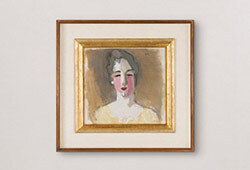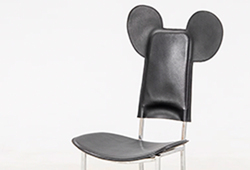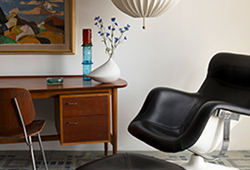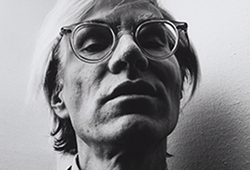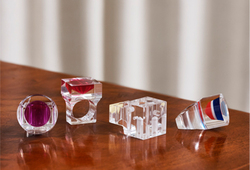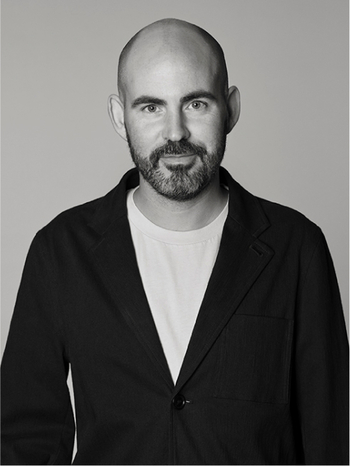Hans Bergström
a pair of floor lamps, model "522", ateljé Lyktan, Sweden 1940-50s.
Feet in brass, stem in teak, white pleated textile shades, maker's mark Ateljé Lyktan 522, height 163 cm.
Minor wear. Later shades. Function not guaranteed.
Muut tiedot
When the young artist Hans Bergström decided in the 1930s to focus his artistic practice on creating modern lighting in Sweden, his decision would revolutionise Swedish lamp manufacturing and the attitude towards electric lighting for the decades that followed. Hans Bergström’s trajectory stretches from 1930s Functionalism to the ‘Swedish Modern’ of the 1940s. When plastics were introduced in the 1950s he was one of the first to implement the new material in modern lighting. At the Stockholm Exhibition of 1930 and despite being only 20 years old and not yet having graduated from the industrial design program at the Technical School (what is now Konstfack) in Stockholm, he confidently introduced himself to the metalware manufacturer Ystad-Metall as a designer. Bergström and his wife Verna started the studio Ateljé Lyktan in Helsingborg in 1934.
Shortly after the Second World War Bergström began to regularly participate in exhibitions and by the mid-forties, his work had, through the agency of the Swedish Society of Crafts and Design, already reached as widely as the USA and South Africa. Ateljé Lyktan, which Hans and Verna established, later moved to Åhus and became an important craft industry in the area. They employed forty or so seamstresses and metal workers, some of whom had come from Ystad-Metall, where Bergström had previously acquired his knowledge of the craft. At the same time the couple also established a combined design shop and showroom in Kristianstad, where the world could see what they were doing. As the forties came to an end the light from Ateljé Lyktan shone more brightly than ever before. In connection with an exhibition in 1949 at Bonnier’s new department store in New York, Bergström’s light fittings attracted attention for their sophisticated elegance. When in 1952 his creations were exhibited at the Röhsska Museum in Gothenburg, it was, as far as we know, the first time lampshades made from spun plastic were shown publicly. It is through these achievements, the prominent exhibitions, and his pioneering lighting projects that Bergström gradually became a more widely known name outside of Sweden. He was no longer just a designer – he was a lighting architect. The period between the 1940s and up until the latter part of the 1950s confirmed him as one of the best when it came to architectural lighting, and underlined ateljé Lyktan as a Nordic lighting company at the forefront of innovation.
Suunnittelijat
Hans Bergström was an architect and designer, born in 1910 in Karlshamn. He founded the lighting company Ateljé Lyktan with his wife Verna Norell in 1934.
Bergström began his artistic career with an apprenticeship at Ystad Metall, furthering his skills in metal craftsmanship. In 1929, he started at the University College of Arts, Crafts and Design (today known as Konstfack), where he got to explore drawing, painting, and sculpture. The sculptural orientation particularly intrigued him, and during his final years in Stockholm he saw an opportunity to merge his interests in sculpture and metalwork. For his graduation project, he created a chandelier for the church in Iggesund. In 1934, the Bergström couple established the company Ateljé Lyktan, focusing on lighting fixtures. The indoor fixtures produced at Ateljé Lyktan were primarily made of brass, steel, glass, and textiles. Unlike previous trends, Bergström aimed for a more modern, simple, and clean style. His motto was "The light should be white and shine freely," and many of his works was to become future classics. Model 181, commonly known as "the cone," is considered by many as the most elegantly simple and stylish lamp created by Bergström throughout his career. In 1950, it was awarded a gold medal at the Biennale in Milan. Several of Hans Bergström's fixtures are still part of Ateljé Lyktan's assortment today.





